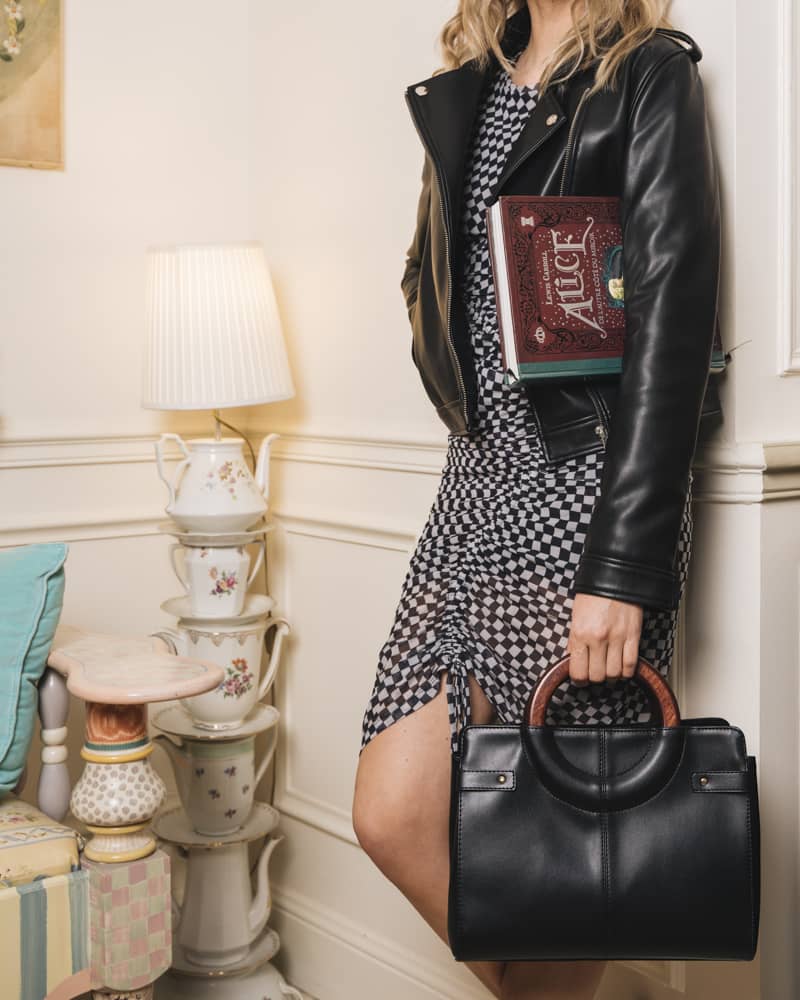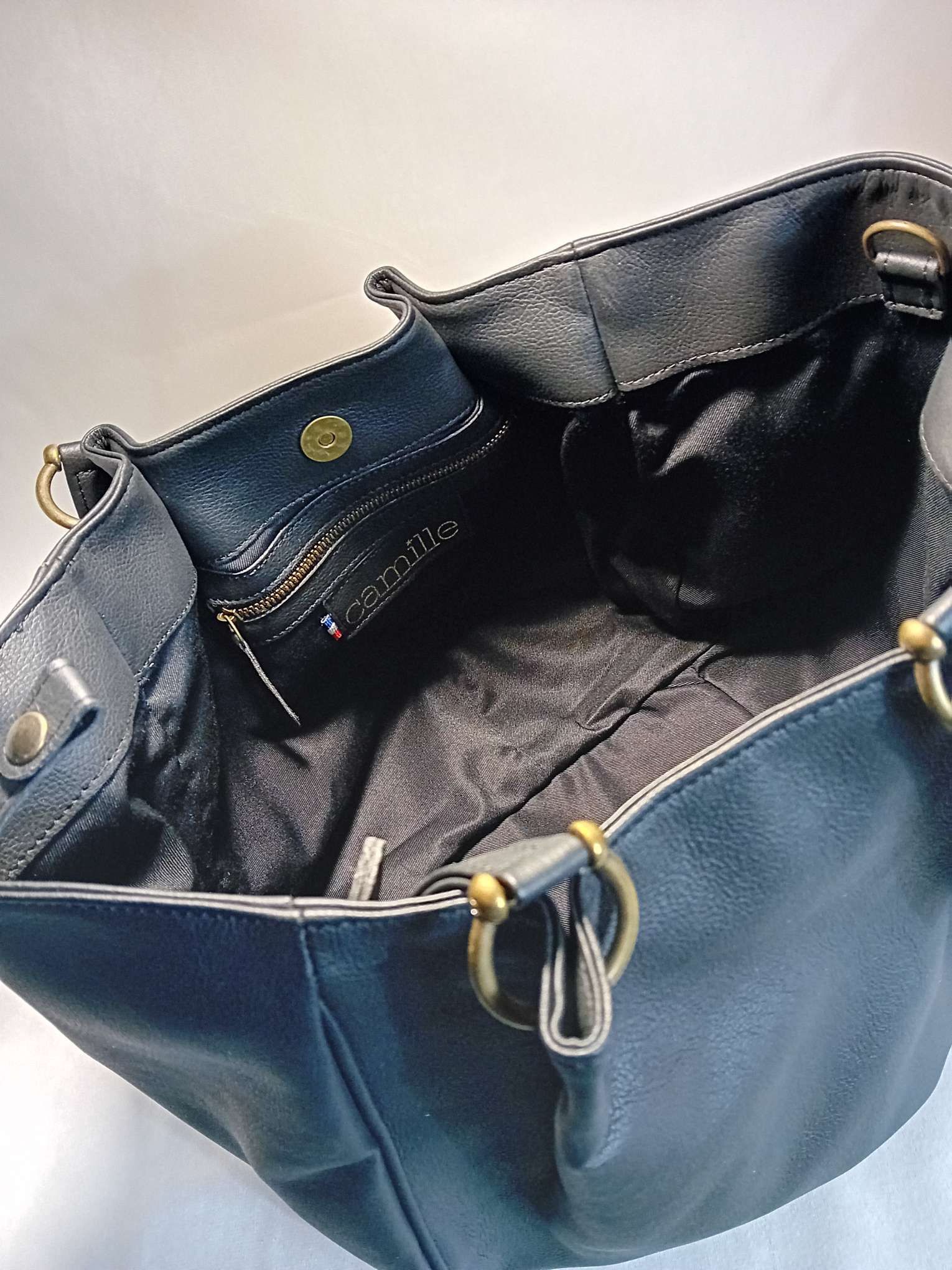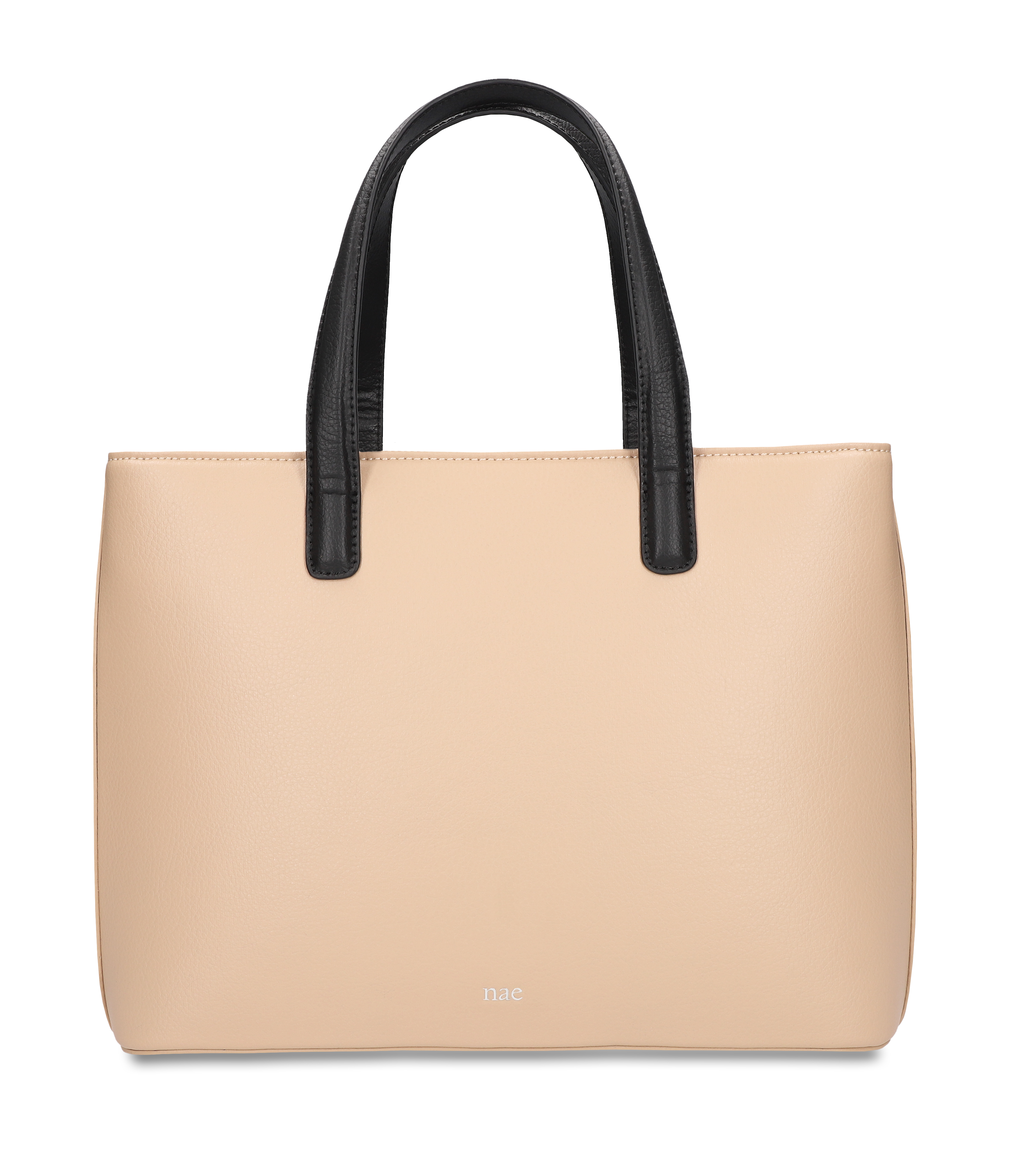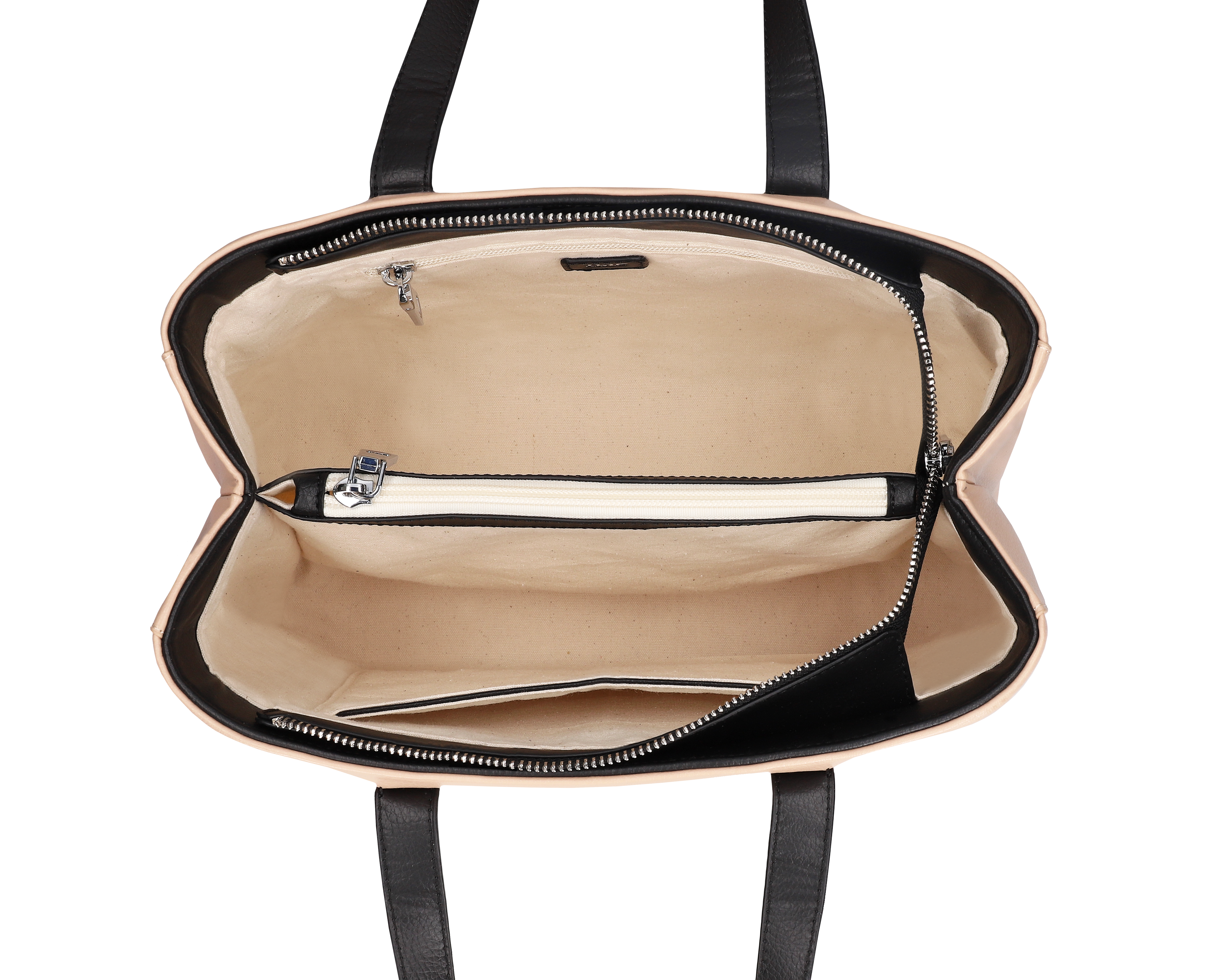Apple: Apple Skin®
The apple-based leather alternative is made from the cores and skins of harvested apples. Processed into a paste, these harvest residues are then mixed with organic solvents and polyurethane, which make up about half of the final material and help to give a finish similar to animal leather.


Grape: Vegea®
The grape-based leather alternative is made from grape pomace collected each year after the grape harvest. It makes up about 55% of the material. The pomace is dried in ovens to extract all the moisture, then ground into a fine powder. The resulting powder is added to a base of vegetable oil and water-based polyurethane, in order to reinforce the strength and durability of the leather.
Cereals
The grain-based leather alternative combines agricultural waste and recycled plastics. It is mainly corn and wheat.


Pineapple: Piñatex®
The pineapple leather alternative is made from pineapple leaf fibers that are bundled after harvest. These fibers are dried and then mixed with polylactic acid to be transformed into a mesh that will allow the design of the material. A resin coating is added to enhance its durability. This innovative material is made up of 72% pineapple leaf fibers
Mushroom: Mylo™ - mycelium
The mushroom-based leather alternative is made with mycelium, the fibrous plant part of the mushroom. Of all the innovative materials presented here, this one has the most interesting environmental footprint since it is composed of 85% mycelium and 15% recycled fibers and has only a thin layer of water-based polyurethane for finishing.

Take the plunge




























































































































































































